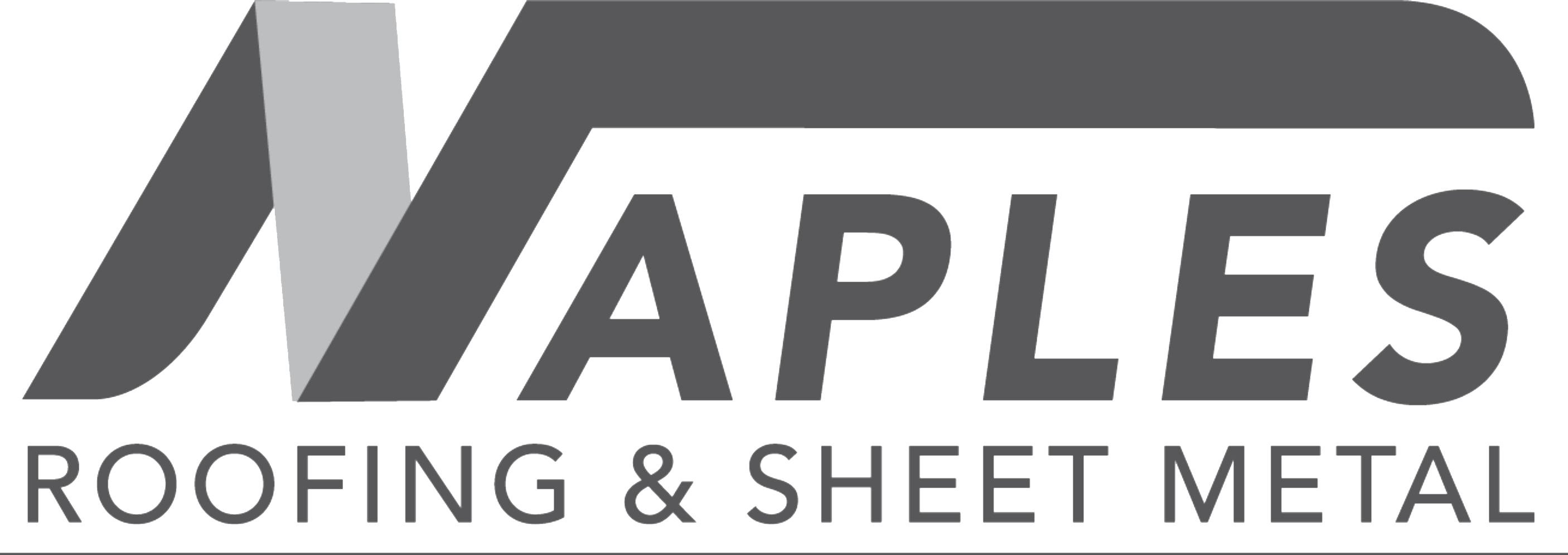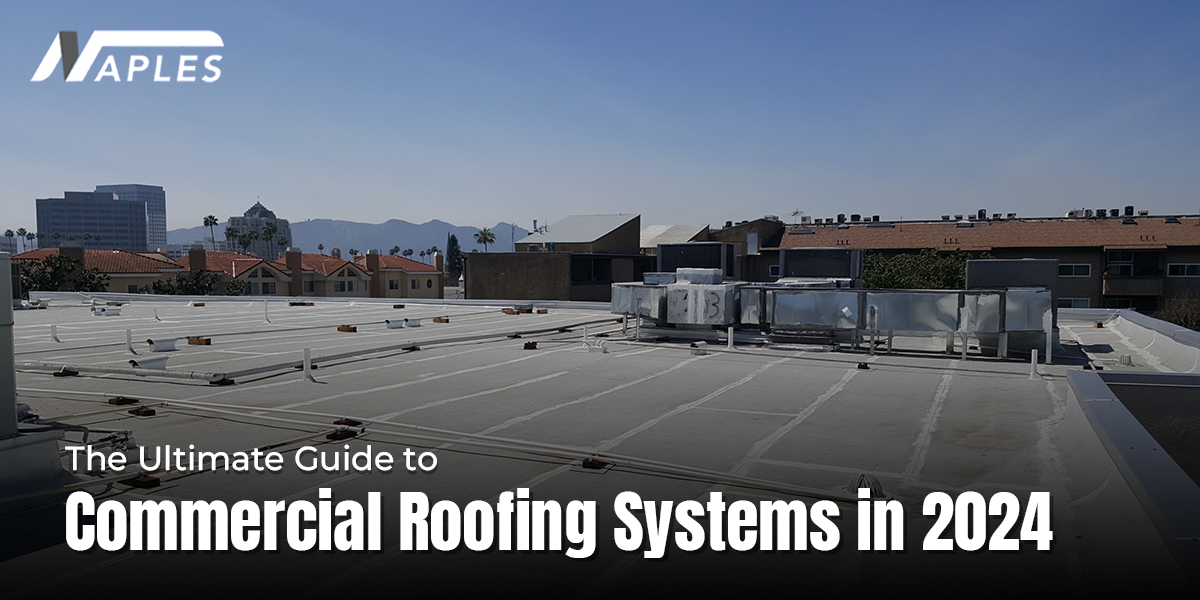The Ultimate Guide to Commercial Roofing Systems in 2024
Commercial roofing is a critical aspect of any business property, providing protection, insulation, and aesthetic value. Moreover, commercial and industrial roofing contractors in USA play an important role. As we move into 2024, advancements in materials and technologies have made it possible to choose from a variety of roofing systems, each offering unique benefits.
Here is the guide that will help you navigate the options available:
Let’s discuss the major points key points and the commercial roofing inspection checklist.
Single-Ply Roofing Systems-
Single-ply roofing systems are popular due to their ease of installation and durability. There are two main types: Thermoplastic Polyolefin (TPO) and Ethylene Propylene Diene Monomer (EPDM).
TPO Roofing-
TPO is renowned for being chemical and UV resistant as well as energy efficient. It is recyclable, which makes it eco-friendly as well. Typically, TPO roofs are white, which reflects sunlight and lowers cooling expenses.
EPDM Roofing-
EPDM is a synthetic rubber membrane known for its durability and resistance to extreme weather conditions. It is particularly effective in colder climates due to its excellent thermal insulation properties. EPDM roofs are usually black, absorbing heat and potentially reducing heating costs in winter.
Built-Up Roofing (BUR) Systems-
For more than a century, built-up roofing, or BUR, has been a mainstay in commercial roofing. This technique creates a finished membrane by layering bitumen (coal tar or asphalt) and reinforcing textiles.
Advantages of BUR –
- Strength: BUR systems are renowned for their durability and resilience to high foot traffic.
- Waterproofing: The multiple layers provide excellent waterproofing, protecting the building from leaks.
- UV Resistance: The top layer of gravel or mineral granules protects the roof from UV radiation.
Modified Bitumen Roofing Systems-
Modified Bitumen (Mod-Bit) systems are an evolution of BUR, using modern polymer technology to enhance performance. These roofs consist of multiple layers of bitumen combined with polymer-modified materials.
Advantages of Modified Bitumen-
- Flexibility: Mod-bit roofs are more flexible than traditional BUR systems, making them less prone to cracking.
- Ease of Installation: These systems can be installed using various methods, including heat-welding, hot-mopping, and cold-applied adhesives.
- Durability: Modified Bitumen roofs offer excellent resistance to weathering and physical damage.
Metal Roofing Systems-
Because of their durability and sleek appearance, metal roofing systems are becoming more and more popular. Steel, copper, zinc, aluminum, and steel are often used metals.
Advantages of Metal Roofing-
- Durability: Compared to standard roofing materials, metal roofs have a much longer lifespan of 40–70 years.
- Energy Effectiveness: Metal roofs reflect solar heat, saving money on air conditioning.
- Maintenance: Metal roofing is an environmentally favorable option because many of its components are recyclable.
- Appeal to the Eyes: Metal roofs come in a variety of colors and shapes and provide a clean, contemporary appearance.
Green Roofing Systems-
Green roofing systems, also known as living roofs, are becoming increasingly popular for their environmental benefits. These systems involve a vegetative layer planted over a waterproof membrane. Moreover, the best roof replacement are important.
Advantages of Green Roofing-
- Warmth: Excellent thermal insulation from green roofs lowers the cost of heating and cooling.
- Management of Stormwater: Rainwater is absorbed by the plants, lowering runoff and the chance of flooding.
- The diversity of life: Urban biodiversity is enhanced by green roofs, which provide habitats for various wildlife species.
- Benefits to Aesthetics and Psychology: Green roofs can improve a building’s aesthetic appeal and give its occupants a peaceful area.
Solar Roofing Systems-
With the push towards renewable energy, solar roofing systems are becoming a viable option for commercial properties. These systems integrate photovoltaic (PV) panels directly into the roofing material.
Advantages of Solar Roofing-
- Energy Production:
- By producing electricity, solar roofs help consumers spend less on energy and become less dependent on the grid.
- Quality: Solar roofs lessen a building’s carbon footprint by using renewable energy.
- Incentives: Tax breaks and other incentives are frequently available for installing solar roofing systems.
Roll of Roofing Systems in 2024:
As we move further into 2024, the role of roofing systems in commercial and residential buildings is evolving to meet the demands of modern technology, sustainability, and efficiency. Roofing systems and roofing services in USA are no longer just a protective layer over buildings; they have become integral to environmental performance, energy efficiency, and overall structural integrity. Here’s a look at the critical roles roofing systems play in 2024:
Environmental Sustainability-
Green Roofing Systems-
Green roofs, which incorporate vegetation and soil layers, play a crucial role in promoting sustainability. They help mitigate the urban heat island effect, improve air quality, and provide habitats for wildlife. By absorbing rainwater, they reduce runoff and the burden on stormwater systems.
Cool Roofing Technologies-
Cool roofs are specifically crafted to reflect a larger portion of sunlight and retain less heat compared to traditional roofing materials. This role is significant in reducing cooling energy consumption, lowering greenhouse gas emissions, and improving indoor comfort in hot climates.
Energy Efficiency-
Solar Roofing Systems-
Solar roofing systems are transforming rooftops into energy-generating assets. Integrated photovoltaic panels convert sunlight into electricity, providing a renewable energy source that can significantly reduce energy bills and reliance on grid power. Hence this role is pivotal in advancing the adoption of renewable energy and achieving energy independence.
Insulation and Reflective Materials-
Modern roofing systems incorporate advanced insulation and reflective materials to enhance energy efficiency. Improved insulation reduces heating and cooling demands, while reflective materials minimize heat absorption, further lowering energy costs.
Durability and Longevity-
Advanced Materials-
Roofing materials in 2024 are engineered for greater durability and longer lifespans. Moreover, innovations in materials, such as high-performance polymers, metal alloys, and synthetic membranes, ensure that roofs can withstand extreme weather conditions, UV radiation, and physical wear.
Maintenance and Monitoring Technologies-
The integration of smart technologies in roofing systems allows for real-time monitoring of roof conditions. Sensors can detect leaks, temperature changes, and structural stress, enabling proactive maintenance and extending the roof’s lifespan.
Economic Value-
Cost Savings-
Investing in advanced roofing systems can lead to substantial cost savings over time. Energy-efficient roofs lower utility bills, durable materials reduce the frequency and cost of repairs, and green roofs can qualify for tax incentives and rebates.
Property Value Enhancement-
Modern roofing systems can significantly enhance a property’s value. Moreover, features like solar panels, green roofs, and high-performance materials make buildings more attractive to buyers and tenants, who value sustainability and energy efficiency. Hence dependable protection above: Commercial Roofing Systems built to last.
Aesthetic and Functional Design-
Architectural Integration-
Roofing systems are increasingly designed to complement the architectural aesthetics of buildings. Metal roofs, green roofs, and custom-designed solar panels add to the visual appeal while serving their functional purposes.
Multi-Functionality-
Roofs are being designed to serve multiple functions beyond traditional weather protection. Therefore rooftop gardens, recreational spaces, and even urban farms are becoming common, making rooftops valuable real estate in urban areas.
Conclusion:
Commercial roofing systems and industrial roofing in USA have evolved significantly in 2024, enhancing environmental sustainability, energy efficiency, and structural integrity. Different types of roofing offer unique benefits like durability, cost savings, and property value. Modern systems also offer aesthetic and functional benefits, climate adaptation, and resilience, enhancing business performance and property value.
Check Also:- The Benefits Of Hiring Commercial Roofing Contractors


